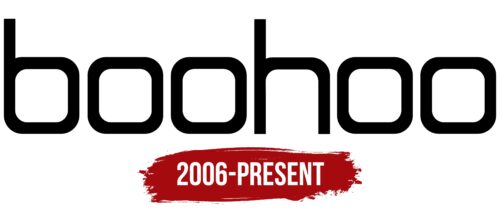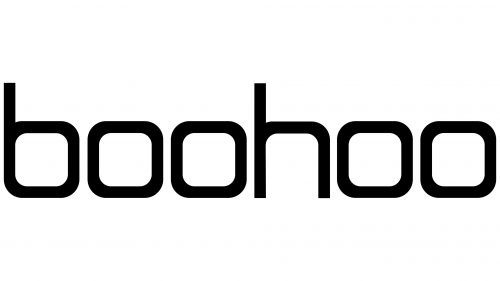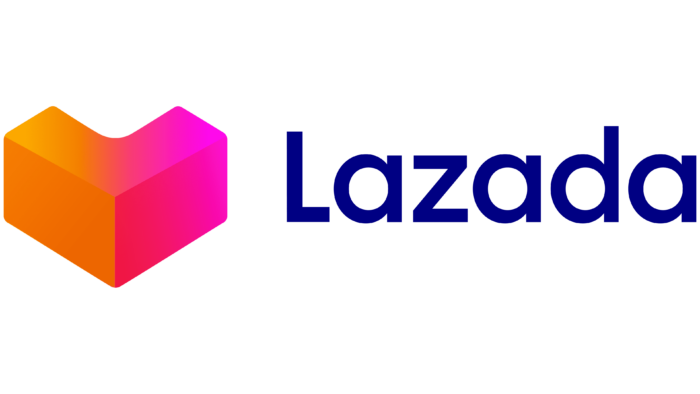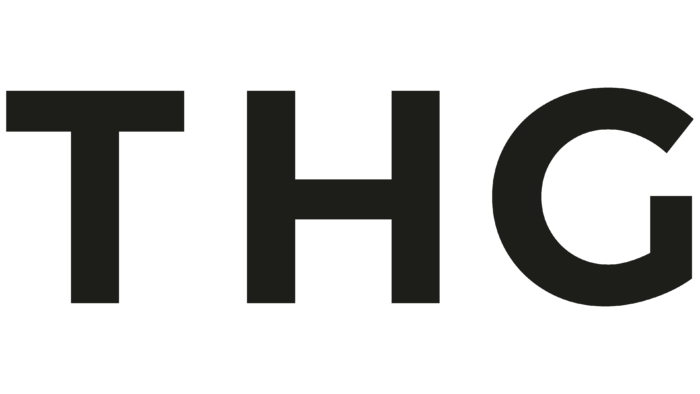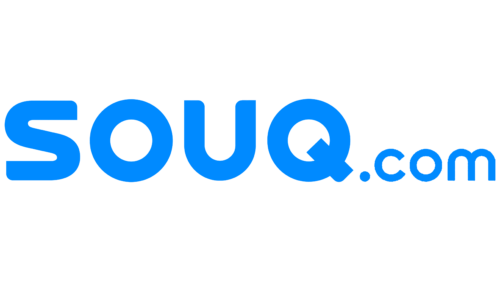The Boohoo logo symbolizes youth style, boldness, and accessibility, reflecting the brand’s primary focus on offering fashionable clothing for modern shoppers. The design includes elements that convey minimalism and modernity, highlighting the company’s focus on rapidly changing fashion trends.
Boohoo: Brand overview
Boohoo’s story began in Manchester, UK, in 2006, when Mahmud Kamani and Carol Kane, both with extensive experience in retail and fashion, founded the company. Kamani came from a family deeply rooted in the textile industry, which gave him a strong understanding of supply chains and the business side of fashion.
The idea for the brand emerged from the growing popularity of online shopping. Kamani and Kane saw an opportunity to target younger consumers by offering trendy, affordable clothing exclusively through online sales, which allowed them to keep costs low and pass the savings on to customers.
In its early years, the company focused on building a strong brand and expanding its product range. Thanks to its trendy designs, affordable prices, and active presence on social media, the brand quickly gained traction among young people. The company was one of the first to use platforms like Instagram to aggressively market its products, which played a key role in its early success.
A major milestone came in 2010 when the brand launched its first international website, targeting the Australian market. This marked the beginning of its global expansion. Over the next few years, the company launched localized websites in various countries, furthering its international reach.
In 2011, the business expanded its offerings by launching its first men’s clothing line, contributing to its continued growth.
The year 2014 was pivotal for the company. On March 14, the business went public with an initial public offering (IPO) on the London Stock Exchange. The IPO succeeded, raising £300 million and valuing the company at £560 million. This influx of capital provided the resources to continue expanding and innovating.
Following the IPO, the company embarked on an ambitious expansion strategy. In 2016, it acquired a majority stake in PrettyLittleThing, an up-and-coming online fashion retailer founded by Mahmud Kamani’s son, Umar Kamani. This acquisition significantly bolstered the market position.
Expansion continued in 2017 with the acquisition of the US brand Nasty Gal for $20 million, solidifying the company’s presence in the US market. The same year, a new line specifically aimed at male consumers, BoohooMAN, was launched.
In 2018, the brand expanded its portfolio by acquiring MissPap, Karen Millen, and Coast, allowing the company to reach new customers and enter the more upscale fashion market.
The company’s growth continued in 2019 with record sales and profits. The business invested in infrastructure, opening a new automated warehouse in Sheffield to handle the increasing volume of orders more efficiently.
Despite global economic challenges, the company saw substantial growth in 2020. The business acquired several well-known brands, including the rights to Debenhams, Dorothy Perkins, Wallis, Burton, and Oasis and Warehouse. These acquisitions greatly expanded the brand’s portfolio and strengthened its market position.
However, 2020 also brought significant challenges to the company’s reputation. The business faced allegations of labor violations at supplier factories in Leicester, where poor working conditions and low wages were reported. This led to a drop in the share price and prompted the company to take swift action to improve its supply chain management.
In response, the business announced several measures to improve working conditions and transparency in its supply chain, including an independent review. The company also appointed Sir Brian Leveson to oversee the implementation of these changes.
In 2021, the focus shifted to rebuilding reputation while expanding product offerings and improving operations. The business also increased its international market share, particularly in the US.
In 2022, efforts were concentrated on streamlining operations and integrating the brands acquired. The company invested in technology, enhancing its e-commerce platform and implementing artificial intelligence systems to offer personalized customer experiences.
By early 2023, the business had become a major global fast fashion market player. The company continued to expand its global presence, add more brands to its portfolio, and improve the overall customer experience.
The story illustrates how a company that began with the simple goal of offering affordable fashion online grew rapidly into a major force in the global fashion industry. The brand’s success has been driven by its ability to adapt to changing consumer preferences, leverage digital technologies and social media, and make timely acquisitions. This journey also highlights the importance of ethical business practices and the ongoing need to address supply chain and production issues in the modern fashion industry.
Meaning and History
What is Boohoo?
Founded in 2006, UK-based Boohoo Group plc is revolutionizing online fashion by offering a wide range of designer clothing for stylish young people aged 16 to 30 on its cutting-edge online platform. Boohoo offers everything from casual wear to eye-catching fashion pieces, making it the perfect shopping destination for those who are always looking for a chic new addition to their closet.
2006 – today
The Boohoo logo, presented as a simple and concise typographic solution, perfectly reflects the brand’s philosophy that gained popularity in the early 2010s. During that time, Boohoo developed its online platform to attract a young audience. The idea was to show customers that shopping here is simple and enjoyable.
The logo itself is designed in a geometric style, where all the letters have square shapes with rounded corners. This design creates a sense of stability and confidence while also adding an element of simplicity and accessibility. The letters “b,” “h,” and “o” are particularly interesting. The letter “h” looks like part of the letter “b,” and “o” resembles a base without a vertical line. This gives the impression of interconnected elements as if all the letters are unified.
The font resembles Tretton Regular but with smoother transitions, without diagonal cuts. It conveys modernity and openness for a brand focused on youth. The black color symbolizes strength and determination, while the rounded shapes add friendliness and warmth.
These visual elements perfectly resonate with the mood of those years when the brand was just starting its journey on the global fashion stage. They offer customers confidence in every purchase and a sense of belonging to something greater.

